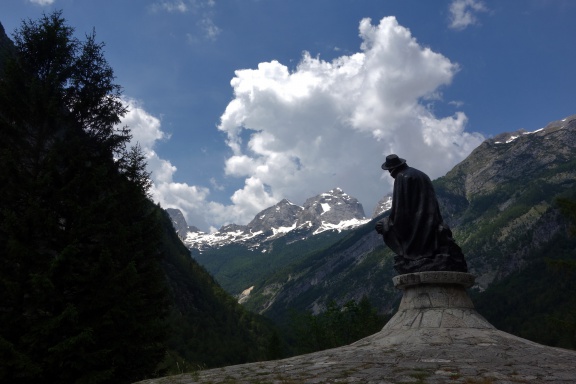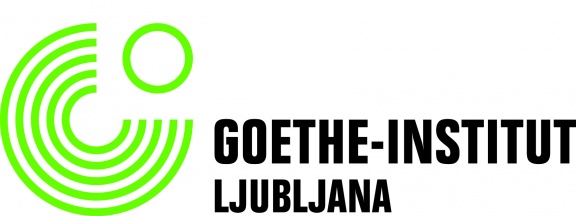Difference between revisions of "Template:Featured/Support services"
(Culture.si feature-bot!) |
(Culture.si feature-bot!) |
||
| Line 1: | Line 1: | ||
| − | {{Featured article horizontal| | + | {{Featured article horizontal|Triglav National Park}} |
| − | {{Featured article horizontal| | + | {{Featured article horizontal|Goethe-Institut Ljubljana}} |
__NOTOC__ | __NOTOC__ | ||
Revision as of 12:35, 27 January 2021
Triglav National Park
NOT ROBOT, WRITING DONE, INFOBOX DONE, PROOFREAD DONE, FERTIK, NOVERIFY, NODEPO, PHOTO, FEATURED, Article, NO LOGO, Updated 2020, Funding, professional and support services, Support services, Monuments and sites, Articles maintained by Ivan Pirnat, Natural heritage, UNESCO World Heritage Sites in Slovenia
Goethe-Institut Ljubljana
NOT ROBOT, WRITING DONE, INFOBOX DONE, PROOFREAD DONE, FERTIK, NOVERIFY, NODEPO, PHOTO, FEATURED, Article, Maribor, European Capital of Culture 2012, HAS LOGO, HAS MAP, Funding, professional and support services, Support services, Articles maintained by Admin, International cultural centres, Culturesi Press & Art Studios, June 2012, Germany





